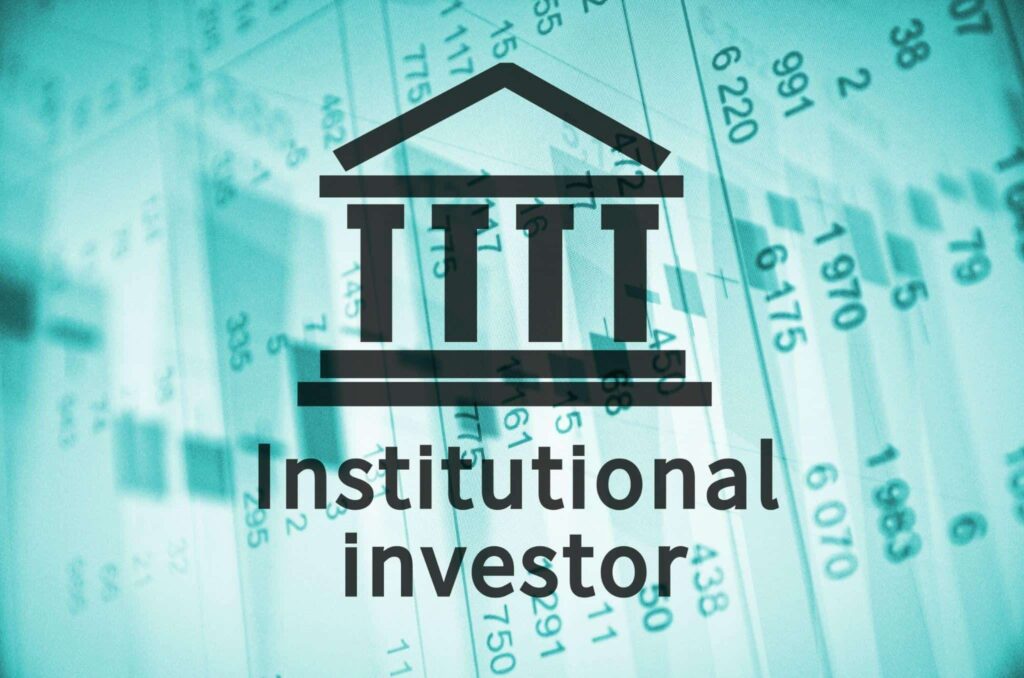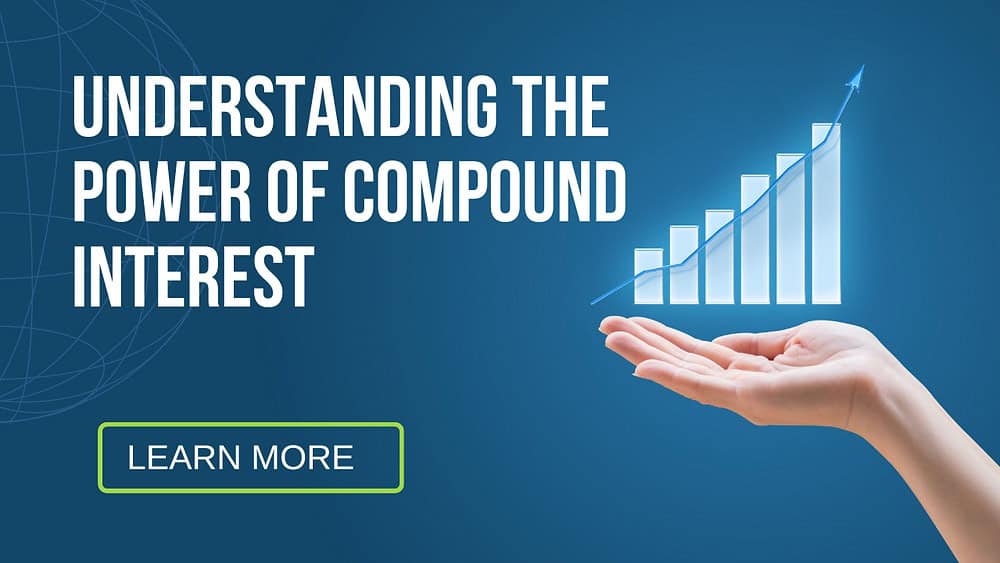nstitutional investors are large entities that pool money to invest in various financial assets, such as stocks, bonds, real estate, and derivatives. These entities include mutual funds, pension funds, insurance companies, hedge funds, and endowments. Unlike retail investors, institutional investors manage large volumes of capital and often have access to advanced research, analytics, and trading tools.
Their massive buying and selling power can impact market prices, trigger trends, and influence investment decisions of smaller players. Their moves are closely watched by analysts and investors alike.
The Power of Large-Scale Investment
Institutional investors have a significant impact on market liquidity. When they enter or exit a position in a particular stock or sector, the effect is usually visible in the price movement. A large purchase order can push stock prices up, while a bulk sell-off can create downward pressure.
Their trades are often seen as a signal of market confidence or concern. For instance, when institutions start investing heavily in tech stocks, it’s often interpreted as a bullish sign for that sector. Conversely, when they pull out of a sector, it may signal caution or a negative outlook.
Market Trends and Sentiment
Institutional investors don’t just affect prices — they help shape market sentiment. Their investment decisions are based on in-depth analysis, macroeconomic indicators, interest rate forecasts, and geopolitical factors. When they change their asset allocations, smaller investors often follow their lead.
Moreover, many institutions use algorithmic trading and quantitative models, which can accelerate market movements. These automated systems can trigger large-scale buying or selling based on predefined parameters, contributing to market volatility.
Long-Term vs. Short-Term Impact
Institutional investors can have both short-term and long-term effects on the market. In the short term, a sudden change in institutional positioning can lead to sharp price movements. However, their long-term strategies often stabilize markets.
For example, pension funds and endowments usually focus on long-term value and income, rather than chasing quick gains. Their steady investment approach can help reduce volatility and provide support to the market during downturns.
Retail vs. Institutional Behavior
Retail investors — individual traders — often act on emotion, news, or market hype. In contrast, institutional investors rely on deep research, long-term goals, and professional risk management. While retail investors may panic-sell during a dip, institutions often view these moments as buying opportunities.
However, due to their size, institutions can’t easily enter or exit positions without affecting the market. That’s why they often break their trades into smaller blocks over time to avoid sharp price movements.
Conclusion
Institutional investors are a powerful force in global financial markets. Their actions influence price trends, market sentiment, and even the behavior of retail investors. Understanding how these large entities operate can provide valuable insights for individual investors aiming to navigate the market with more confidence.
Whether you’re a beginner or a seasoned trader, keeping an eye on institutional flows — and learning from their strategies — can enhance your investing approach and help you make smarter decisions in a volatile market.



